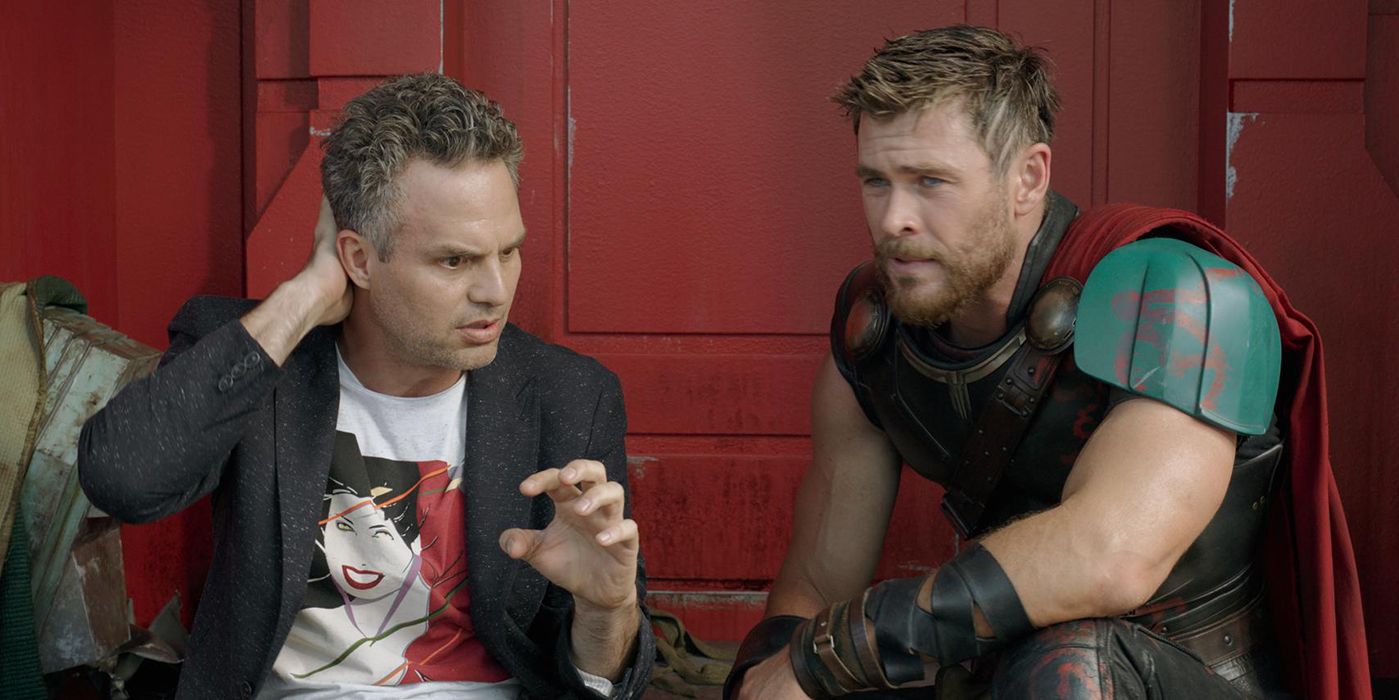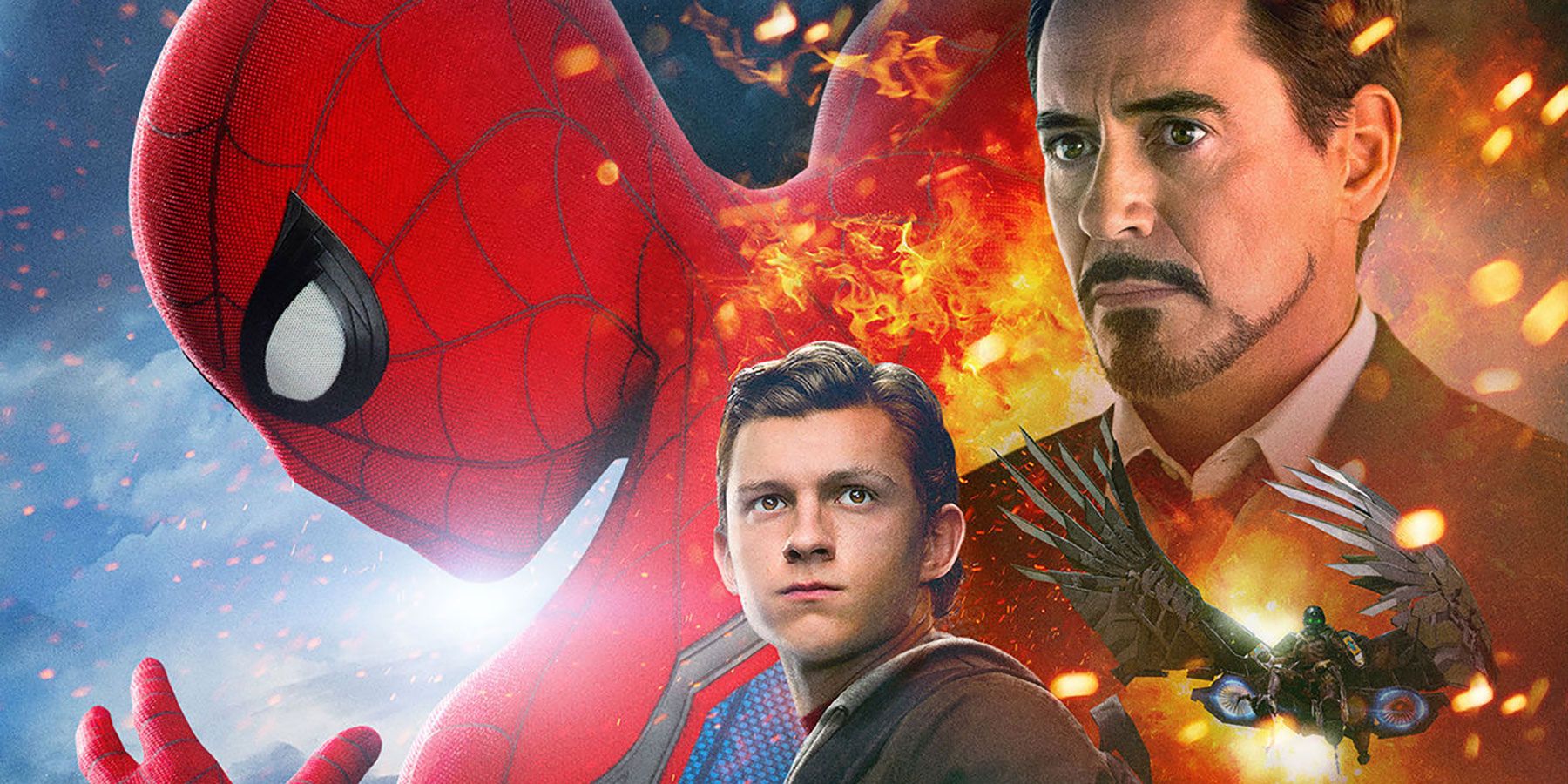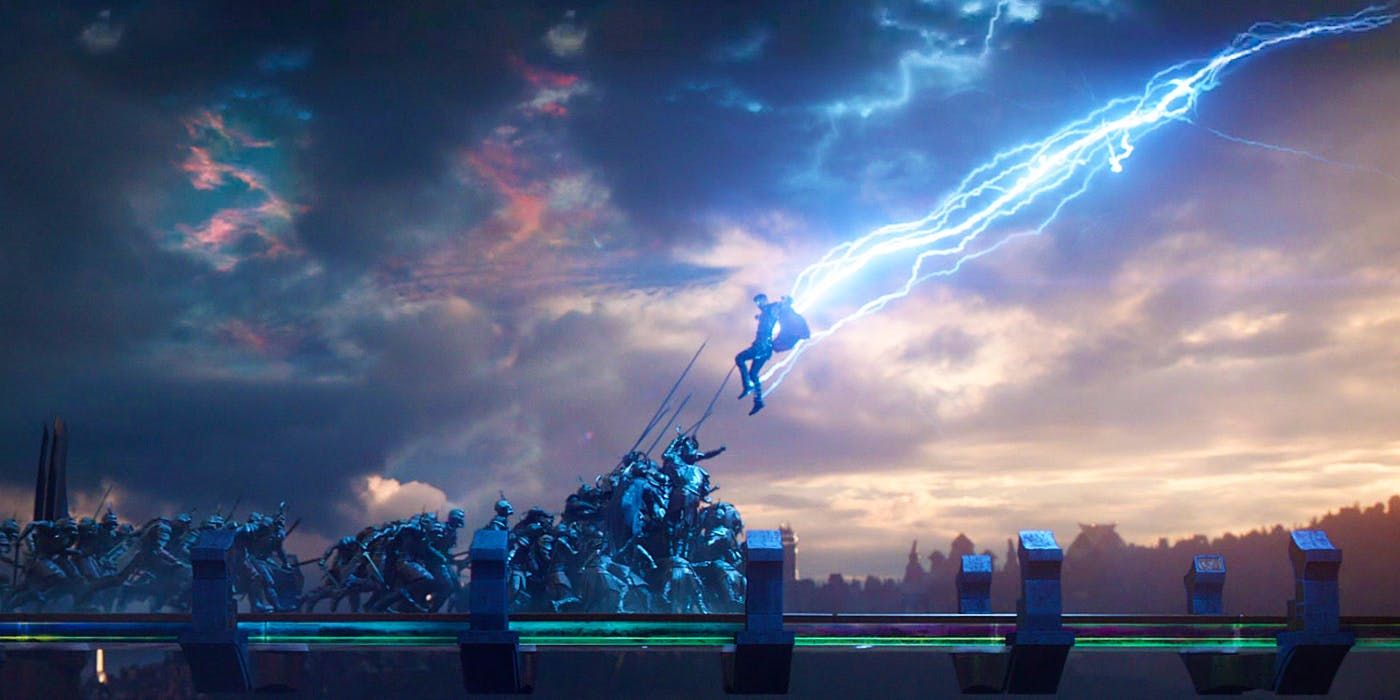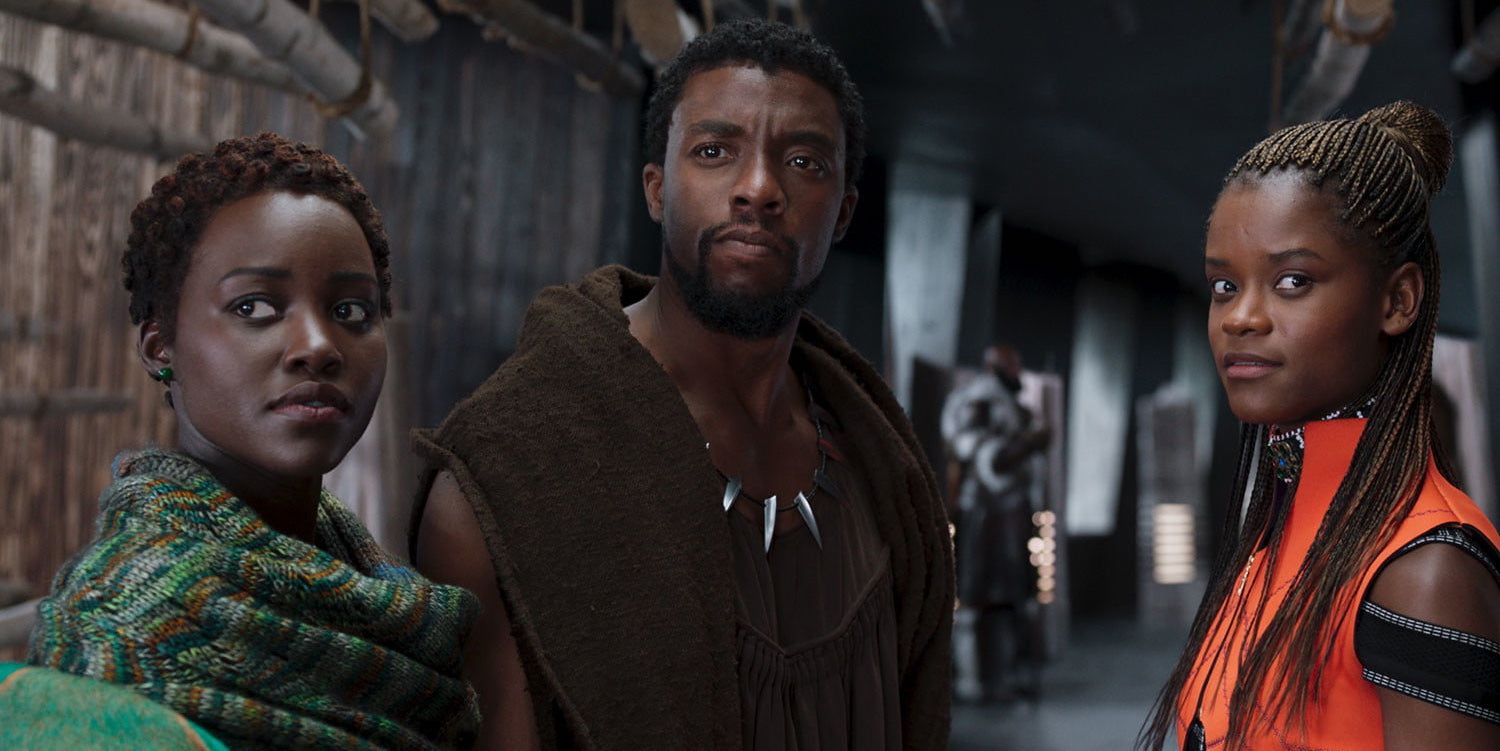Now well into the third phase of the Infinity Saga, Marvel Studios had ripped the Avengers apart, brought magic into the Marvel Cinematic Universe and given its filmmakers more creative control of their respective films than ever before.
While still tremendously successful both commercially and critically, the overall tone had grown a bit more serious, though still noticeably lighter than Fox or Warner Bros.' superhero films at the time. As such, the next wave of MCU films would recapture the escapist possibilities and sense of fun that had defined much of the shared cinematic universe.
As Marvel Studios began actively building towards Avengers: Infinity War and its then-untitled sequel, it would build up the roles of two newly introduced superheroes and one of its more established characters, setting each of them up for their eventual roles in the Infinity Saga's climax, with two of the films spinning out directly from the events of Captain America: Civil War.
A co-production between Sony and Marvel Studios after a deal between the two was reached in February 2015, Spider-Man: Homecoming started right in the middle of the webslinger's role in Civil War before jumping several months into the future. Firmly introducing the latest Spider-Man into the MCU while balancing his life in high school, Sony signed indie filmmaker Jon Watts to helm the production.
Watts drew heavily from the '80s coming-of-age teen comedies he had grown up with while originally envisioning Nick Fury as a mentor figure, like the character's Ultimate Marvel counterpart, before including Tony Stark to build off their initial partnership in Civil War and to inform the two characters' dynamic leading into Infinity War.
Matching Peter Parker's grounded, working-class background, Watts had Spider-Man take on a cast of working-class villains, including the Vulture and Shocker, with Michael Keaton portraying the former to critical acclaim.
Watts observed that he had been given relative free rein to complete the film, though he did add a visual homage to Amazing Spider-Man #33 of the hero hoisting himself out of rubble, a personal favorite of Marvel Studios President Kevin Feige, who had wanted to see the moment adapted for some time. The film became the highest-earning superhero film of the year, the second highest-earning Spider-Man film to date and received the most positive critical acclaim for a solo film starring the character since 2004's Spider-Man 2.
Development on a third Thor film had begun well over a year before the start of production on Homecoming, with Feige first announcing its development in early 2014. Thor: The Dark World director Alan Taylor bowed out of the project, publicly revealing he had not had a good experience helming the earlier film.
The premise for Thor: Ragnarok was reworked considerably after Taika Waititi signed on to direct. The studio was keen to change things for the third installment, largely taking place off Asgard in favor of a more cosmic setting, while Waititi drew from his comedy background to make one of the most comical films in the MCU. The film eschews the fantasy tropes the previous films had relied on, with returning star Chris Hemsworth comparing the sequel to the Guardians of the Galaxy films.
Kicking off with the death of Odin and escape of his secret, evil daughter Hela, Ragnarok forcibly stranded Thor and Loki on the scavenger world of Sakaar. Teaming up with the Hulk and the new character Valkyrie, the brothers escape the strange alien world run by the Grandmaster and return to Asgard for a rematch with Hela.
Just as Captain America: The Winter Soldier had dismantled S.H.I.E.L.D. and Civil War had split the Avengers, Ragnarok ended with the complete destruction of Asgard, directly setting up the events of Avengers: Infinity War. Audiences and critics alike responded well to the increased emphasis on humor. This shift in setting and tone meant the film was both the most critically acclaimed and commercially successful entry of the Thor trilogy, reinvigorating Hemsworth's love of the role.
Similar to Homecoming, the final piece of the puzzle before Infinity War would spin directly out of the events of Civil War. Black Panther takes place shortly after T'Challa turns Baron Zemo over to the authorities after confronting him in Siberia, having returned to Wakanda to be crowned its new king. After the success of Creed, filmmaker Ryan Coogler signed on to direct and co-write the film, observing it would be his "most personal movie to date" after growing up reading the comics.
Coogler was also able to strike a deal with Marvel that allowed him to bring his usual filmmaking team from previous movies, rather than forcing him to rely on Marvel Studios' in-house production team. Inspired by the comics and sub-Saharan African countries, Lesotho in particular, Coogler and his production team set out to create an afro-futurist setting the likes of which had never been seen on-screen before.
Coogler put together a cast of acclaimed actors, including Chadwick Boseman, Lupita N'yongo, Angela Bassett, Forest Whitaker and longtime collaborator Michael B. Jordan. The film explores the pressures and price of leadership, with Coogler adding a significant set piece in South Korea to widen the character's international reach in a sequence that felt like a James Bond twist on the MCU's more traditional superhero tropes.
The film was universally acclaimed, the most positively-reviewed MCU film to date and the highest-earning superhero film of all time in North America. It also ended up being the highest-earning film overall in the United States for 2018 and becoming second highest-earning film worldwide that year, receiving the genre's first ever nomination at the Academy Awards for Best Picture.
As Marvel Studios finally reached Avengers: Infinity War, it had achieved some of its greatest successes to date, subverting audience expectation and proving time and time again that the superhero genre had not grown stale. With all the major players for Infinity War established, the MCU moved forward after years of teasing (since the Tesseract was first glimpsed in Howard Stark's old notebook in 2010's Iron Man 2).
The foreshadowing was over. Thanos had arrived.




